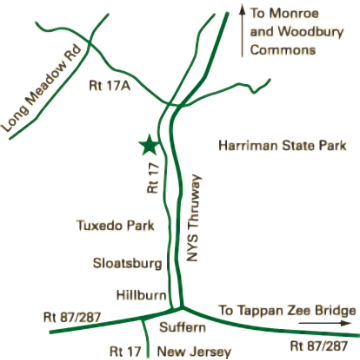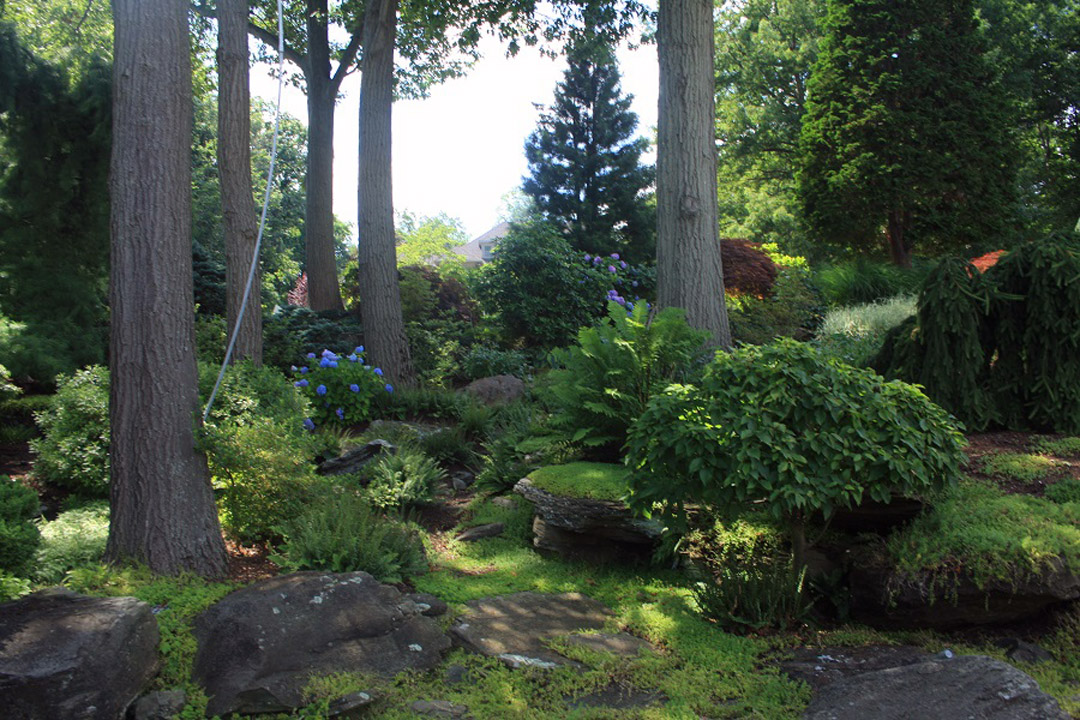
In the region of Orange and Rockland County a majority of us are bordering State forests and wooded areas. If part of your garden is dominated by large trees the resulting environment may be shade, falling leaves, and drought. Woodland gardens are the ideal garden style that can be incorporated into the natural landscape that we so treasure, but with the addition of our own artistic vision and flair. Woodland gardens are located beneath native trees and in most cases contain native plants within the garden itself. The native plantings in the Woodland design offers the advantage of lower maintenance in the garden.
Before beginning the planting within your garden it is always necessary to examine the light, the soil, and the drainage in your garden space. Areas shaded by trees can sometimes produce lack of water, this occurs as a result of the trees root system. The root system of the Shade trees takes up water and pose competition for any plants in the area seeking water. Avoid planting too close to trees and stick to dry-shade plants in your plant selection. The Woodland garden contain a majority of shade tolerant or shade loving plants.
The Woodland garden relies on form and texture and subtle variations of leaf color to provide a vibrant and lush scene. The key is to think in layers, the tall trees provide the top layer, and understory trees fill in nicely at the midlevel. Shrubs, then perennials, bulbs, groundcovers, and a few choice vines complete the scene. To begin, clear out the brush, choose which trees are worth keeping and thin out the unwanted saplings. The understory is then ready to be populated with shorter trees or shrubs. The lowest part of the Woodland world is full of nourishment and detail. Layers of decaying organic matter form a soft floor and fertile soil for acid loving plants.
New plants may require supplemental watering during the first year of establishment, however the care of your woodland garden will be minimal, much like it is in a natural woodland setting. Keeping the area mulched will help retain moisture and reduce weed growth. Organic or humus-rich mulch, such as Sweet Peet ( http://sweetpeet.com/ ), which is carried here at Hickory Hollow,will also keep the soil well nourished, minimizing the need for fertilizing. Leaf removal in gardens can be tedious work, the great thing about Woodland gardens is it offers the allowance for letting the leaves in the bed decompose and feed the plantings.
Here’s a list of a few of our favorites:
Under story trees — Dogwoods, Magnolias, Japanese Maples, Northeastern Atlantic white cedar, sweet birch, American hornbeam and eastern redbud
Small shrubs and trees — Azaleas, Rhododendron, Birch, Flowering Dogwoods, Holly, Hydrangea, Japanese Maple, Magnolia, wild sarsaparilla, spotted wintergreen, serviceberry, red osier dogwood
Perennial — Anemone, Bleeding heart, Campanula, Columbine, Elephant Ear, Ferns. Hosta, Heuchera, Ginger, Trillium, Wild Geranium, Wood Lily, Jack in the pulpit, trout lilies, mayapples and violas. daffodils, astilbe, cranesbill and tiger lilies bloom before deciduous leaves fill in or grow in open clearings
Groundcovers — Ajuga, Ivy, Lily of the Valley, Liriope, Moss, Vinca
Vines — Creeper, Honeysuckle

Wolf Eyes Dogwood: Blooms white flowers late Spring to early Summer with a long bloom season and a variegated leave. Reaches a mature height of 10-12′ making the perfect under-story or small tree. 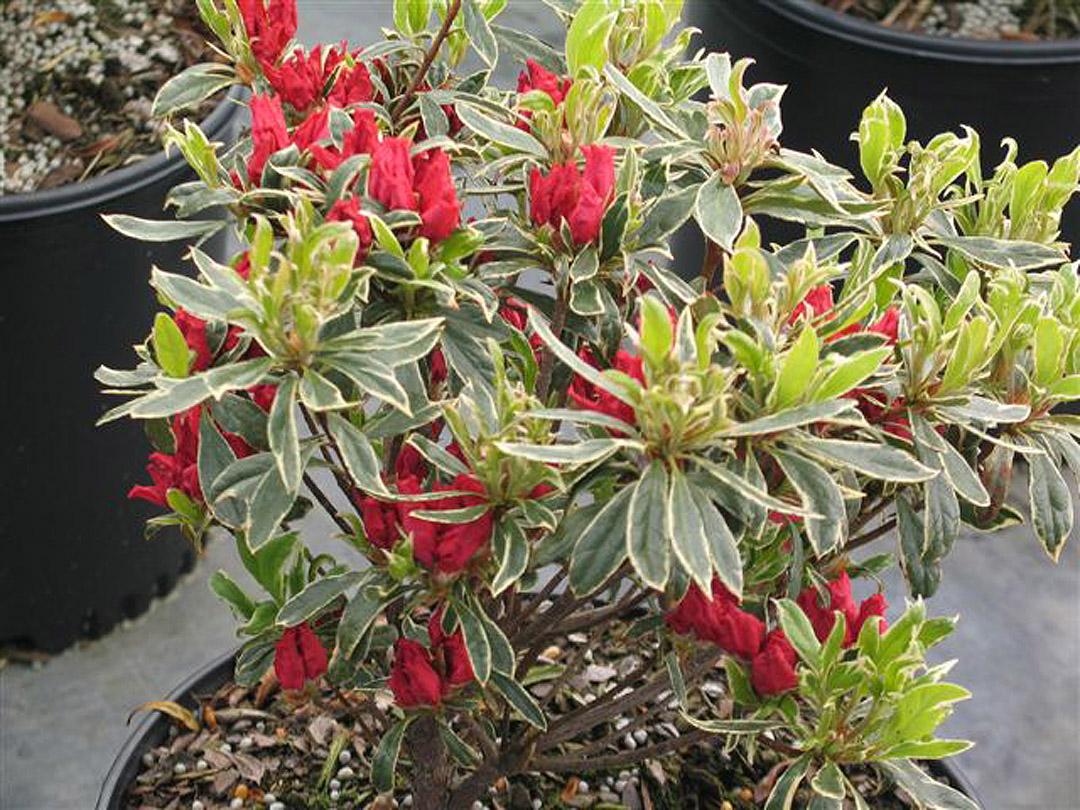
Silver Sword Azalea: Flowers are bright pink in Spring with a variegated foliage. Reaches a height of 3′ and a spread of 5′ 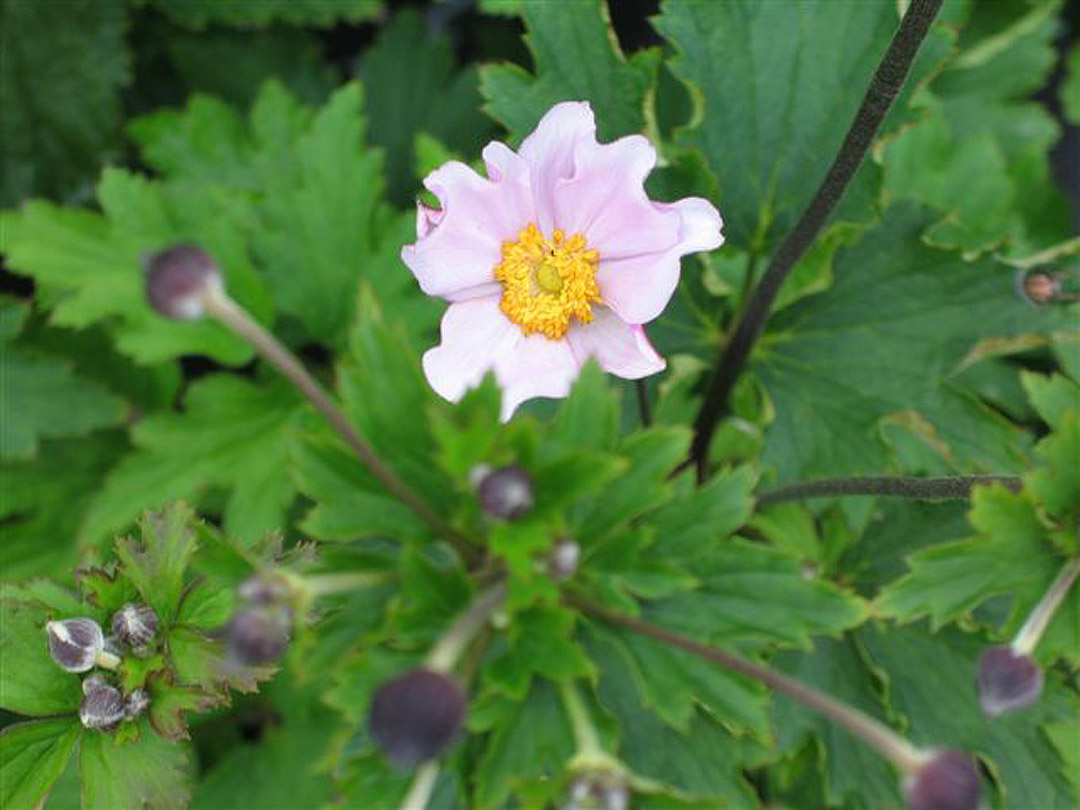
Anemone: Late Summer to Fall blooming perennial 12-inch-tall ground cover that can spread quickly when planted in the right place. They flourish in light to partial shade in moist, humus-rich soil but will tolerate full sun as long as there is sufficient moisture 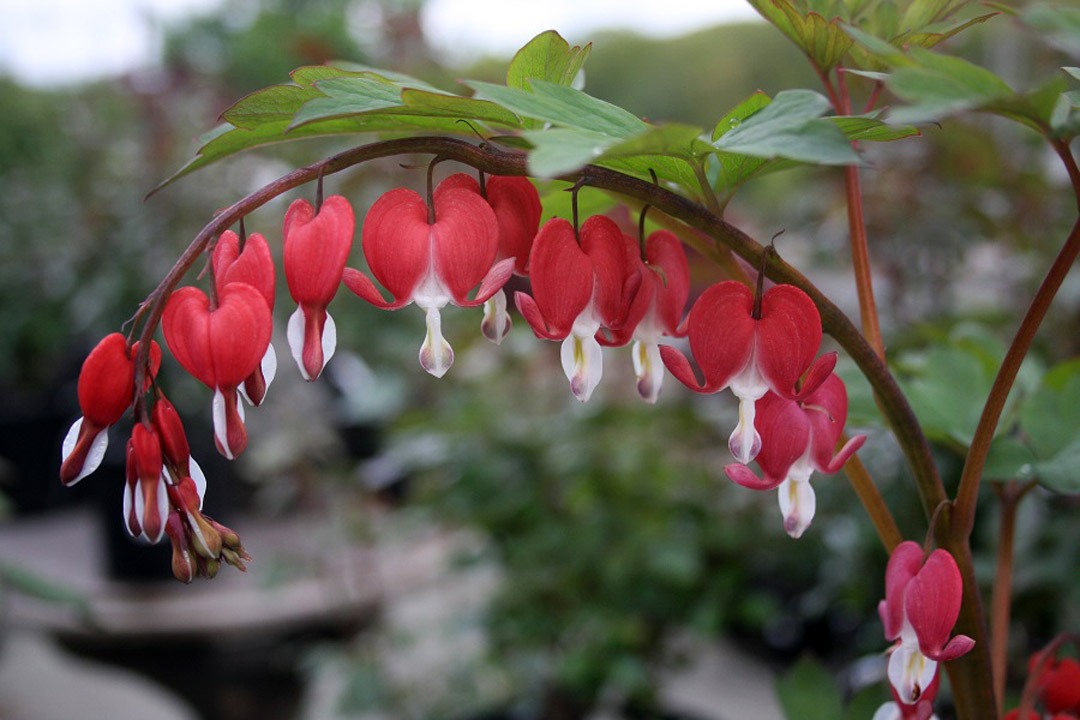
Bleeding Heart: An early Spring flower that dies back to the ground as the heat of summer arrives. Foliage may be cut back down to the ground after leaves turn yellow and brown. 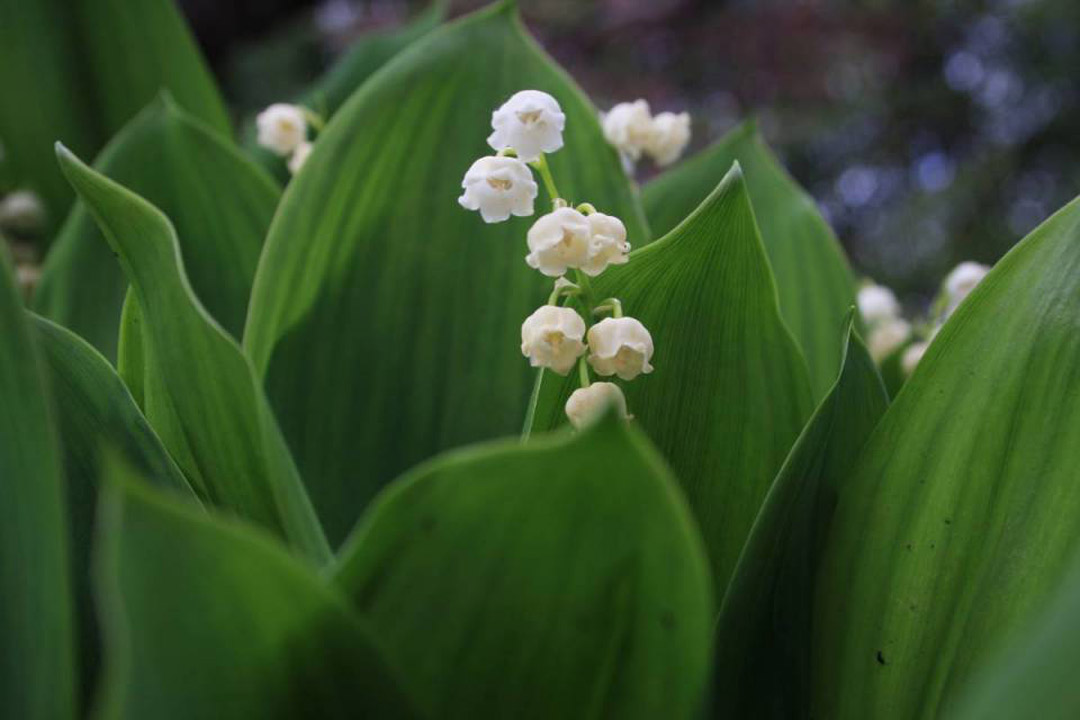
Lily of the Valley: Extremely easy to grow fragrant blooming flower in Spring and Early Summer that forms a mass of ground-cover. 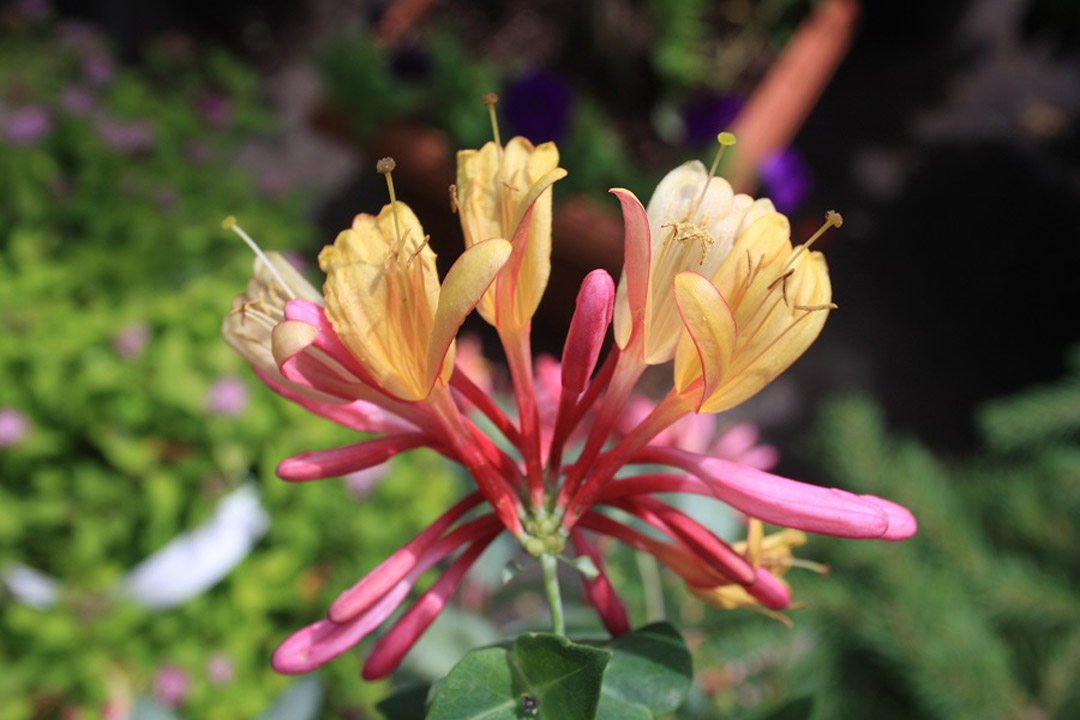
Honeysuckle: A deer resistant showy and fragrant vine that attracts birds, hummingbirds and butterflies. Contains rose pink flowers that bloom June to August.





